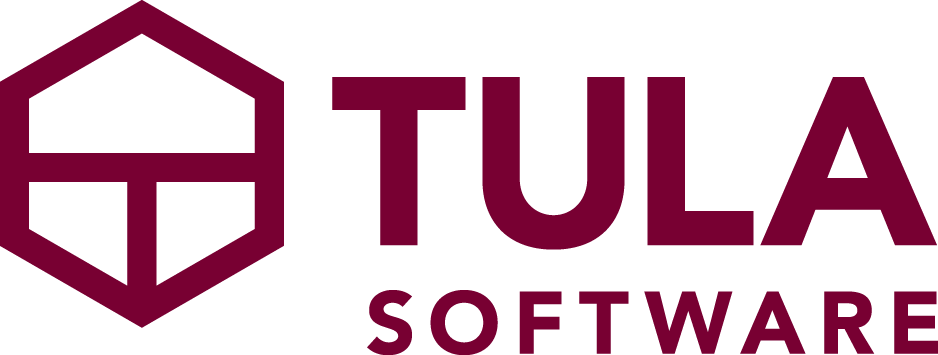Tula Yoga Studio started using virtual audio attendances a couple months ago, and we wanted to take some time to outline a handful of the initial lessons Maile and her team learned getting things to the point as we head into our full production rollout of the feature.
First, the Philosophy and Initial Student Feedback
If you’re going to use this feature, it’s worth understanding the philosophy behind it’s creation and why it exists. Online classes are becoming more popular, and with this feature, we think studios have a unique opportunity to be both the physical and virtual destination for their students interested in doing yoga. We believe it will help retain existing members, help encourage people thinking about becoming members to join, and hopefully result in more people doing more yoga through your studio.
We’re thrilled that we can say many students at the studio have written to Maile thanking her for providing this feature. As we had hoped, there is definitely a population of students that genuinely appreciate being able take a virtual class with an instructor they’re familiar with in real life.
Image via Amazon
Recording Classes and Uploading Audio
Initially, we thought the instructors might use a bluetooth mic hooked up to their phones and they’d upload the files to dropbox or something. And, we were thinking maybe they’d have a lapel mic with a receiver clipped to their clothing. And this can work. Many presenters at conferences are used to wearing mics and receivers. But also, this is hardware designed to do this exact job.
After doing a bunch of testing and playing around, Rhiannon found wearing the mic to be pretty annoying, and as well little things could cause the audio to go a little haywire. And, things can get sort of clunky when you’re bringing in multiple people, all using different devices, all with a different level of familiarity with dropbox, vs. google drive, vs some other storage and then sharing the files.
So we learned that at least at Maile’s studio, it’s a lot simpler and easier to use dedicated hardware. We chose to use the Sony UX 560 after checking out Wirecutter for the best voice recorder.
This device is great because the instructor literally just clicks the record button, and places it on a table in the studio. It’s designed to capture audio, filter out background noise, and it plugs into your computer via usb when you’re ready to upload the file to Tula.
Conveniently it also automatically names your audio files according to the date and time of the recording, and when you run out of space it automatically recycles through, overwriting the oldest files first.
I was reminded of the benefits of dedicated hardware during this process!
Of course, your mileage may vary. If everyone at your studio uses the same tech, and you’re already sharing dropbox files, well then maybe a different solution will work for you. For Maile though, this seemed to be, by far, the closest “plug and play” solution they could find.
Recruiting Teachers to Record Audio
Something that’s proven to be a little more difficult than I had anticipated was getting instructors interested in recording their classes.
Some instructors simply are uncomfortable having their classes recorded, because the act of recording can possibly change the class. Others are interested in having their classes recorded, but first wanted to get into place contracts saying that they owned the audio, and the studio could use it for as long as they were contracting there. While others wanted to be able to make sure any revenue was shared fairly in the event any particular recording became popular. And others still were fine recording but wanted to get paid a little more for classes they are recording.
Ultimately, what it comes down to, is as the studio owner you’re asking the instructor to take on some extra work when they do this, and it’s worth thinking about in what way you want to compensate them for this work, what your budget is, how many classes you want to make available, and proceed accordingly.
For now, Maile has Rhiannon recording two classes per week on a set schedule. This allows Rhiannon to know exactly which classes she’s going to record and prepares accordingly. From there, Maile plans to bring on another 2-3 recordings per week. The last thing worth mentioning is that she’s already seeing that it’s the students driving instructors to participate by asking them to do so.
Our advice: start with a couple classes a week, consistently, that your students can count on being available. From there, market it and promote it to your student base. It seems that sparking the initial interest in the students is what will drive the rest of the adoption of the feature at your studio.
Marketing!
As with everything else, you have to share with your students that this is a benefit they can take advantage of! Maile has been doing a lot of promoting of the feature not only online but with signage in the studio, and in the welcome email triggers that go out to all the new students. As students exit the studio, this is a sign Maile has up just to the left of the door to ensure they see it!
Looking Ahead
We’re thrilled about the initial reception of this feature, from both our customers and from students. We think this feature is one of the finest expressions of who we are as a company, and the degree to which we’re working to empower studios. As with all our features we will continue to learn, refine, iterate and enhance but as things look now, this is one of the most impactful features we’ve ever launched.


